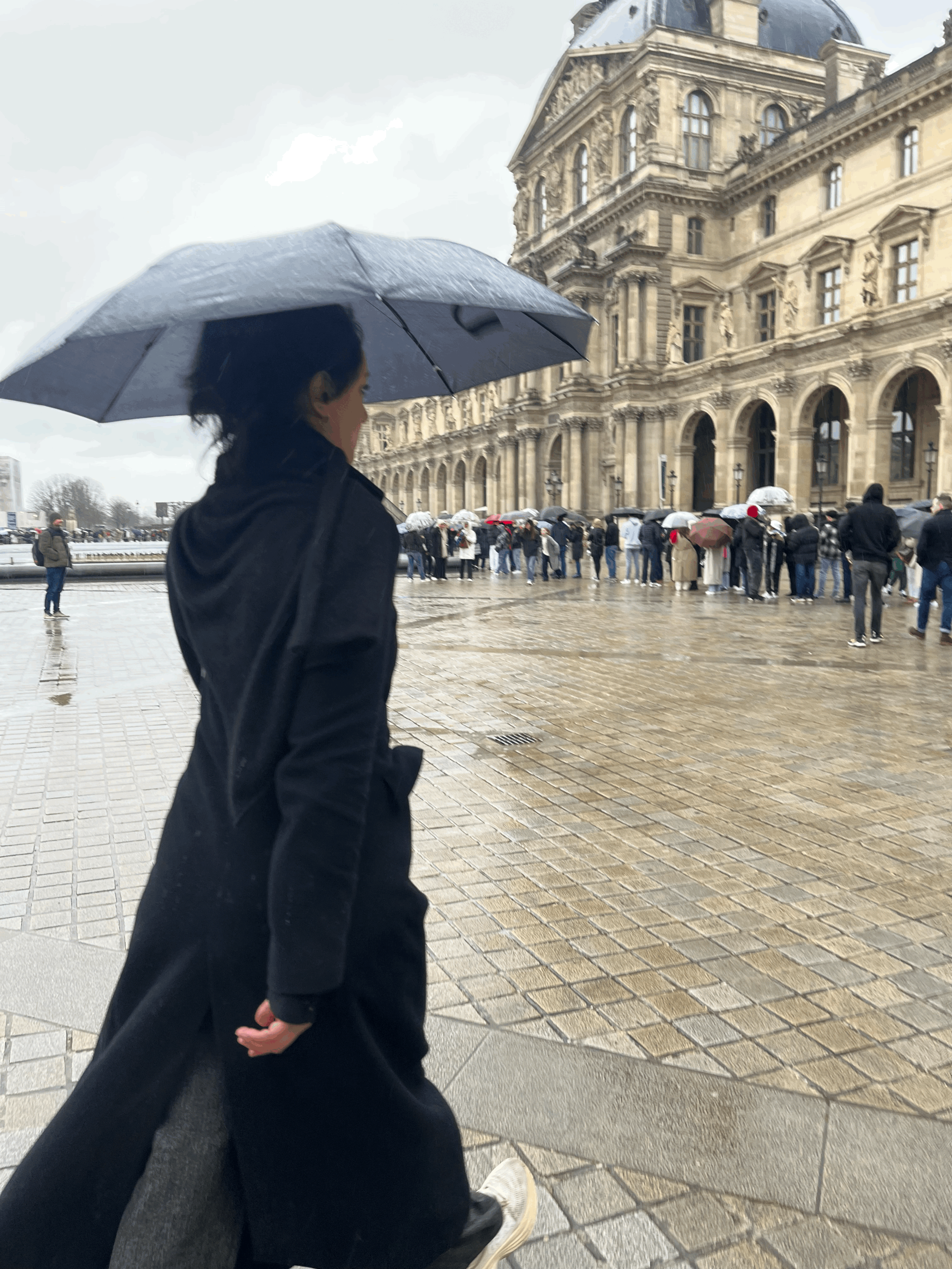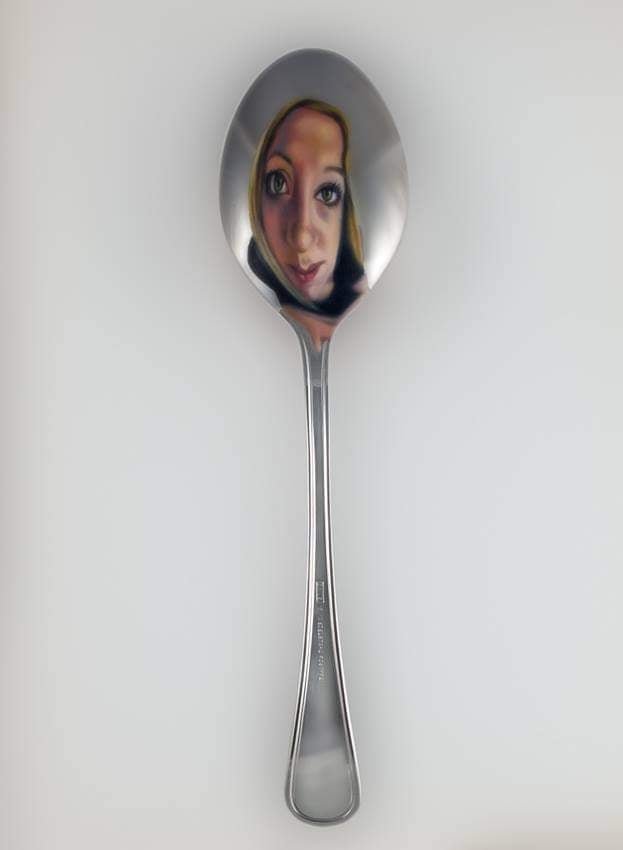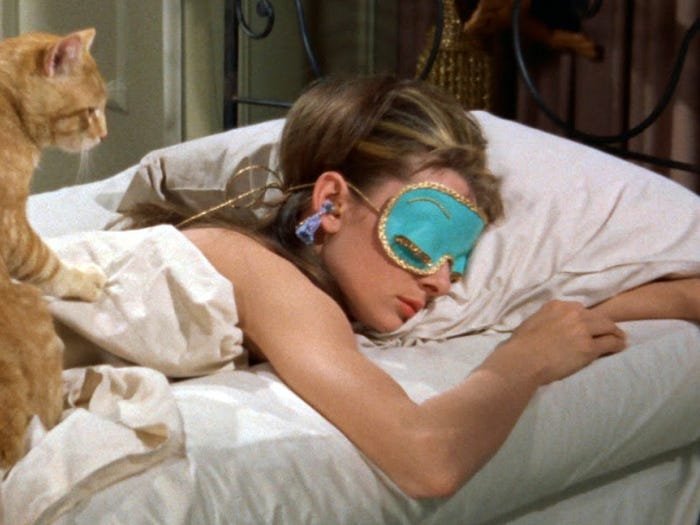
Blog
There is a crack in everything
Sun rays breaking through a sudden summer storm, Hydra, Greece
I first came in contact with the music and prose of Leonard Cohen as a teenager. I was immediately captured by Cohen’s use of language; A quality of I and Thou, in a sea of what was mainstream, I and It music. The words I anticipated to follow, were never the ones I heard. “Forget your perfect offering. There is a crack in everything - That’s how the light gets in”.
This was around the same time I was discovering art and Zen. It was also the time I was trying to befriend my scars. Kintsugi pottery touched me to the core. Wabi-Sabi is the Japanese philosophy of embracing the flawed or imperfect - a material symbol of embracing the present moment as it is. This is distinctly different to the manner the West has approached materialism, or man, for that matter. Historically, the West has mostly valued the young, strong and untarnished, like the Hollywood superhero who does not only save others but remains quite spotless in the process. The implications of such a mentality are widely felt in medicine as well as in psychotherapy, not only on the patient but on the care provider, as well.
Metaphorically, the patient could be seen as kintsugi. The therapist, through contact and full presence, accepting all the patient’s unique pieces, aids in the alchemy of the golden glue, enabling the whole to be greater than the sum of his/her parts. In Zen, suffering is part of the human condition. I choose to use the word patient rather than client. From the Latin route patiente, patient means to suffer. Using a noun that implies a transaction, is below the respect I hold for one who consciously “suffers” and attempts to effect change in his/her life.
It is my experience both as a long time mindfulness practitioner as well as trauma survivor, that a practice such as Gestalt is the perfect compliment to a mindfulness practice, especially if the therapist is well informed around trauma and attuned to the needs of the patient. Sitting on a meditation cushion, can be perfectly complimented with sitting on alternating empty chairs with the guidance of a trauma informed Gestalt therapist. The below story and science express the beauty of healing (with) another:
“Margaret Mead was asked by a student what she considered to be the first sign of civilisation in a culture. The student expected Mead to talk about fishhooks or clay pots or grinding stones. But no. Mead said that the first sign of civilization in an ancient culture was a femur (thighbone) that had been broken and then healed. Mead explained that in the animal kingdom, if you break your leg, you die. You cannot run from danger, get to the river for a drink or hunt for food. You are meat for prowling beasts. No animal survives a broken leg long enough for the bone to heal. A broken femur that has healed is evidence that someone has taken time to stay with the one who fell, has bound up the wound, has carried the person to safety and has tended the person through recovery. Helping someone else through difficulty is where civilisation starts, Mead said.”
Though there are no visible traces of trauma on “the soul” that has healed, that is perhaps an even higher indication of civilisation. And science proves we are meant to engage in this healing. A mere 40 seconds of compassion toward the patient has been proven to be beneficial not only for the patient’s well being but also to prevent the care-provider from burn-out ; while on separate research, the very end of our telomeres have been found to be repaired when we engage in compassionate contact.
Laura Perls had said: “Psychotherapy is as much an art as it is a science. The intuition and immediacy of the artist are as necessary for the good therapist as a scientific education” Gestalt therapy is the first psychotherapeutic method to openly have employed elements of Zen and to have integrated them so complimentarily with other schools of thought. It is, therefore, not just the deep understanding of Zen the Gestalt psychotherapist possesses, but a wider toolbox, and a flexible mode of working depending on what the moment needs, that makes the practice a valuable complement to the current mindfulness sensation. And it is true contact that determines what that alchemy will be. Like kintsugi pottery, we are each so much more than the sum of our parts, and, just maybe, the more pieces we have been broken into, the more authentically beautiful we become, as we are helped, in contact, to connect them. Leonard Cohen has sung “there is a crack in everything - that’s how the light gets in”. Alas, that is also how the light shines out.

Under my umbrella: Superstition, Motherhood, Protection
I taught her the cycle of water first in practice and then in theory, and taught her how to protect herself from it. She brought the cycle of life from theory to life for me, and taught me the futility of trying to protect against it.

Spoon Reflections
Chronic Pain through the lens of spoon theory and the Allegory of the Long spoons.





